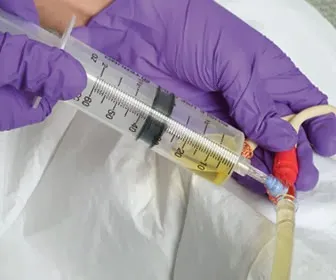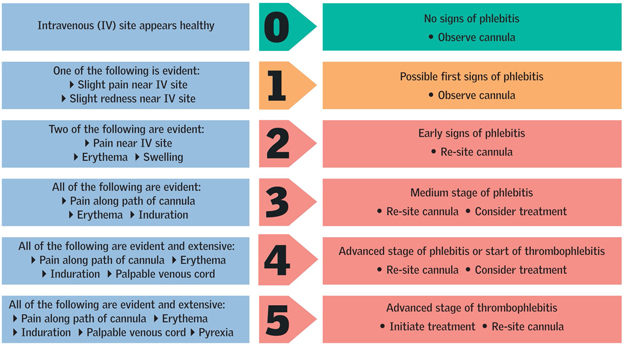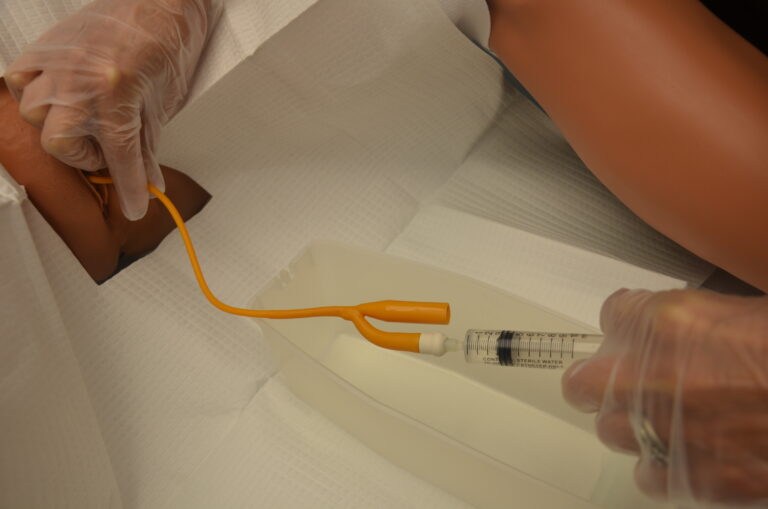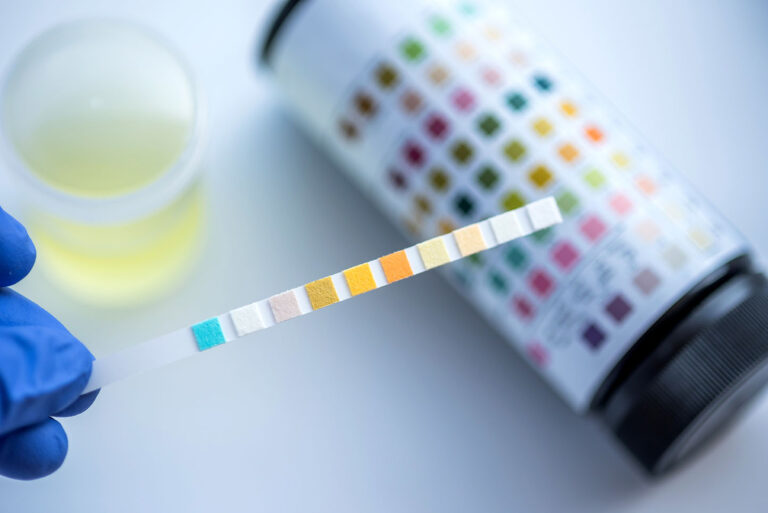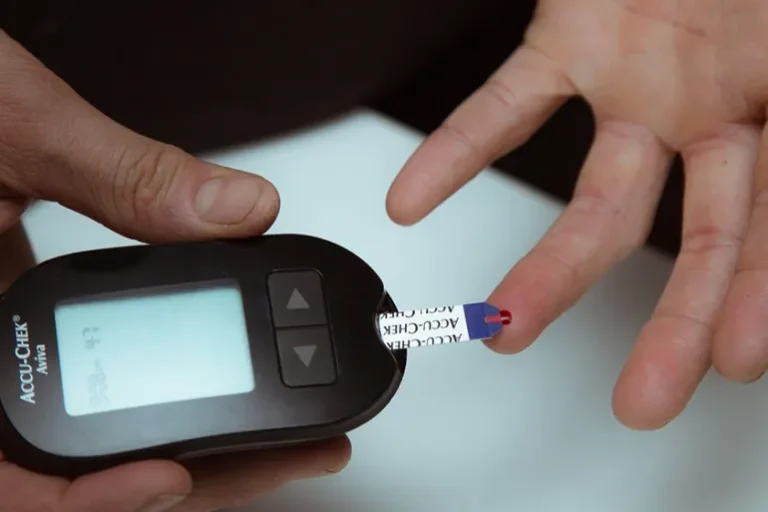Catheter Specimen of Urine (CSU) with Needle : NMC OSCE
Catheter Specimen of Urine (CSU) with Needle : NMC OSCE

Collecting a Catheter Specimen of Urine (CSU) is a crucial skill for nurses, especially when preparing for the NMC OSCE exam. This procedure is typically performed to diagnose urinary tract infections or other conditions. Here’s a step-by-step guide to help you master this skill:
1. Preparation
- Introduce Yourself: Start by introducing yourself to the patient and explaining the procedure. Ensure you gain their consent.
- Check Equipment: Gather all necessary equipment, including a sterile syringe, a specimen bottle, alcohol wipes, gloves, an apron, and a clamp.
- Hand Hygiene: Perform hand hygiene thoroughly before and after the procedure.
2. Procedure
- Clamp the Catheter: If not already done, clamp the catheter tubing to allow urine to accumulate.
- Clean the Port: Use an alcohol wipe to clean the specimen port for 30 seconds and let it dry for another 30 seconds.
- Prepare the Syringe: Open the sterile syringe without touching the key parts to maintain sterility.
- Collect the Sample: Insert the syringe into the port and withdraw the required amount of urine (usually 10-20 ml).
- Transfer the Sample: Aseptically transfer the urine into a pre-labeled specimen bottle.
- Clean the Port Again: Clean the port again with another alcohol wipe and let it dry.
- Unclamp the Catheter: Unclamp the catheter tubing to resume normal drainage.
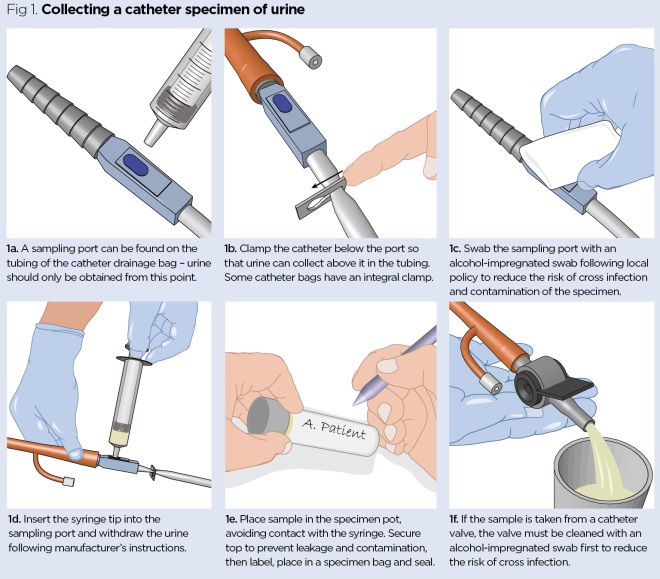
3. Post-Procedure
- Dispose of Waste: Dispose of the used syringe and wipes in the appropriate clinical waste bin.
- Hand Hygiene: Remove gloves and apron, and perform hand hygiene again.
- Patient Comfort: Ensure the patient is comfortable and inform them that the sample will be sent to the lab.
- Documentation: Document the procedure and label the specimen bottle with the patient’s details, date, and time.
Tips for Success
- Maintain Sterility: Always ensure that you do not touch the key parts of the syringe or the inside of the specimen bottle to avoid contamination.
- Communication: Keep the patient informed throughout the procedure to ensure their comfort and cooperation.
- Practice: Regular practice of this procedure will help you perform it confidently and efficiently during the exam.

By following these steps, you can effectively collect a catheter specimen of urine, ensuring accuracy and patient safety. Good luck with your NMC OSCE exam!
